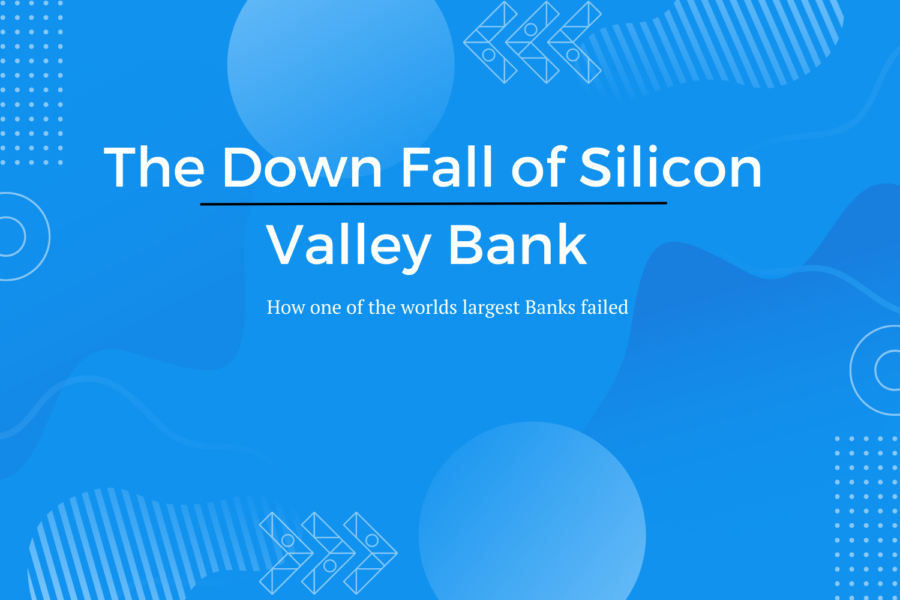Silicon Valley Bank Closing
This graph showcases how the stock price of SVB, or Silicon Vally bank soared from 2021 – 2022 going from a modest 300$ to an all time high of 750$ all within a year. On the other hand, more shocking than their sudden success was their rapid decline, occurring in a short span of 16 months.
On Friday, March 10th, Silicon Valley Bank, a lender to some of the biggest names in the technology world, became the largest bank to fail since the 2008 financial crisis. By Sunday night, regulators had abruptly shut down Silicon Vally Bank to prevent the problem from spreading into the broader banking system, but what does this mean, and how did it happen?
Firstly, this is such a huge issue because of the finite number of retail banks available. Despite what you may think, banks are privately owned businesses; although they are highly government-regulated, banks are owned by citizens rather than government workers. Furthermore, because of how much money it takes to start a bank, it’s almost impossible to gain enough capital or investors willing to build one from scratch. Additionally, when a bank the size of Silicon Vally goes under, it can cause a chain reaction that can even affect other banks.
Silicon Valley Bank provided banking services to almost half the country’s venture capital-backed technology and life-science companies, boasting over 2,500 venture capital firms nationwide. Until recently, Silicon Valley Bank was going strong with funds from high-flying start-ups, so doing what most banks do: It kept a small chunk of its deposits in cash, and it used the rest to buy long-term debt like Treasury bonds or giving loans. What does this mean? Surprisingly banks don’t hold much physical cash; the reason why you never hear about banks being robbed is that there’s nothing to steal. Instead, banks lend out their money, making more money off the interest rates; they lend out that theoretical money they’re making off those interest rates to others, and the process repeats. Although this sounds good in theory, problems arise when a debtor cannot pay back what they owe. Banks wanting to get ahead of the companion will give out massive loans at high-interest rates to make more money. However, other factors can make this a safer or riskier investment; but it’s generally a riskier move for banks.
Now that you know investment banking basics, let’s address how Silicon Valley Bank fell. Silicon Vally believed certain investments promised steady, modest returns while interest rates remained low. Despite this typically being true, they failed to think about what was happening in the broader economy, which was overheated after more than a year of pandemic stimulus. When the Federal Reserve started combating rapid inflation by raising interest rates, those once-safe investments failed as interest rates increased. As a result, a bank run started (people trying to pull all their money out of the bank). Due to it being “theoretical money,” their deposits weren’t secure, leading to Silicon Valley’s bankruptcy. However, Covid isn’t the only reason for the bank’s downfall.
While Silicon Vally Bank’s downfall can be traced back to its earlier poor investments, the run on the bank was prompted on Wednesday, when the lender announced that it had sold a bunch of securities at a loss and would sell $2.25 billion in new shares to plug the hole in its finances. Thankfully to prevent a banking crisis and more bank runs, A US regulator promised to guarantee Silicon Vally’s customers their deposits. In an interview on Sunday, Treasury Secretary Janet Yellen told CBS, “Let me be clear that during the financial crisis, there were investors and owners of systemic large banks that were bailed out … and the reforms that have been put in place mean that we’re not going to do that again,”.


